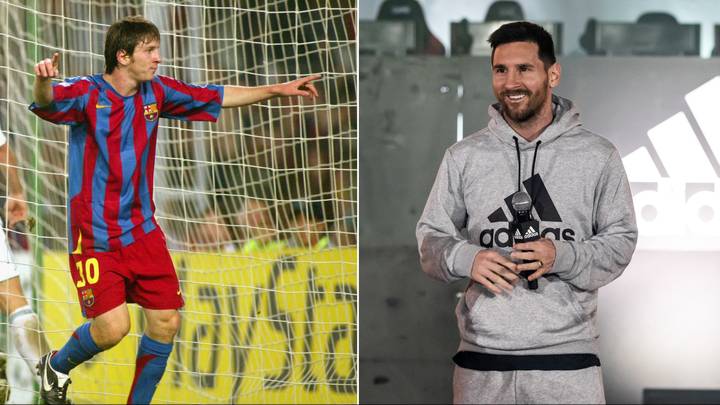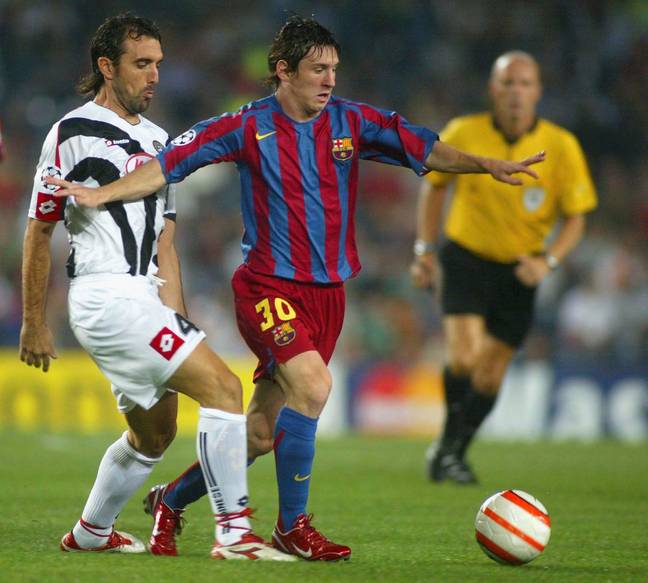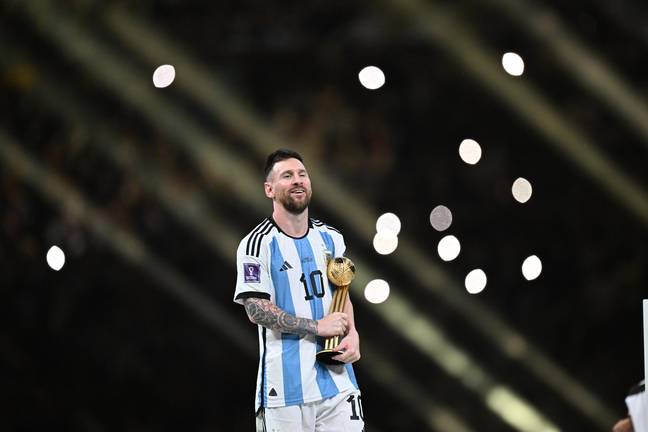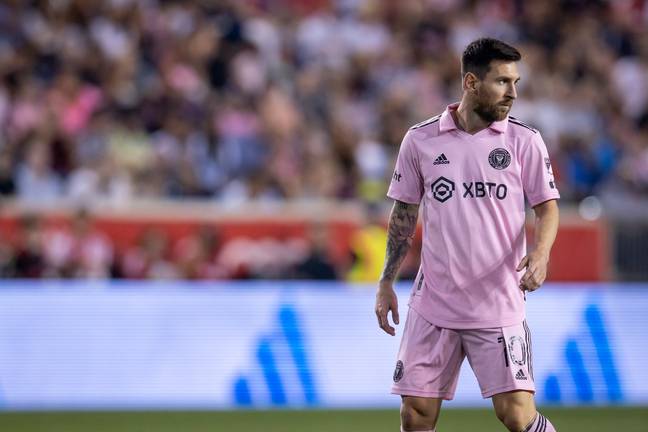The Argentine started the match with his No. 30 jersey and Nike Total 90s.

Given that Messi is the face of Adidas, with whom he has a hefty lifetime contract, the shot nearly appears faked.
Although he officially joined the German sportswear giants in 2006, he had been with Nike since he was 14 years old, long before Germany hosted the 2006 World Cup.
According to a Wall Street Journal serialization of the book “Messi vs. Ronaldo: One Rivalry, Two GOATs, and the Era That Remade the World’s Game,” Nike allegedly staged a picture shoot with Messi in preparation for an upcoming advertising campaign.

But then they got a call from Messi’s reps telling them to scrap the photo ops since their client had already signed elsewhere.
It has been said that Nike’s failure to fulfill a request from Messi’s father Jorge for additional tracksuits was a major role in the player’s decision to switch brands.
The book states that Nike’s Iberian and South American offices did not respond to his request for comment, which “soured” ties between the companies.
Nike’s reluctance to engage in a price war with Adidas also played a role in the company’s final choice.

Spanish judges concluded that the swoosh firm merely had a “commitment letter” with the athlete, despite the corporation’s claims of having a “binding agreement” with the player.
Since February 2006, when he first started wearing Adidas, Messi has been the company’s best asset.
Since demand for Adidas Inter Miami jerseys has skyrocketed, he gets a portion of the profits.
Forbes reports that Adidas saw a 30% increase in share price and a $10 billion increase in market worth as a result of Messi’s relocation to the MLS.
